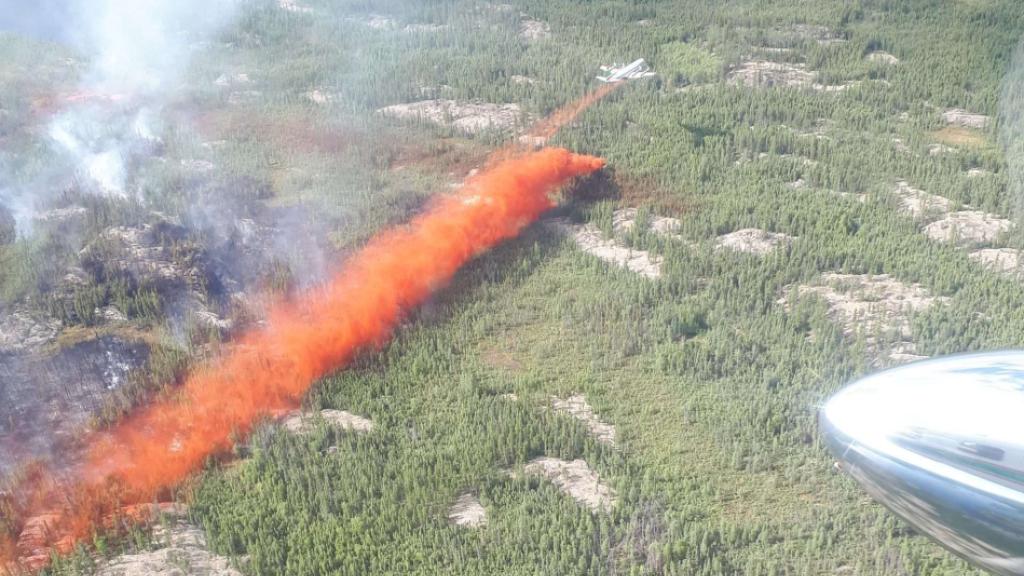
How effective are large air tankers in fighting forest fires?
Thank you for choosing Automatic Translation. Currently we are offering translations from English into French and German, with more translation languages to be added in the near future. Please be aware that these translations are generated by a third party AI software service. While we have found that the translations are mostly correct, they may not be perfect in every case. To ensure the information you read is correct, please refer to the original article in English. If you find an error in a translation which you would like to bring to our attention, it would help us greatly if you let us know. We can correct any text or section, once we are aware of it. Please do not hesitate to contact our webmaster to let us know of any translation errors.
There has been a small but growing body of research within the United States on the use and effectiveness of aviation over the past 15 years; much of this focused on large airtankers.
Studies have focused on understanding where and when aviation drops occur, how fire managers prioritize the use of aviation, optimal fleet design, and how risk management concepts can inform where and when to most effectively apply aviation.
Read this article in a special edition of Wildfire Magazine on Aerial Firefighting around the World.
Overview of Airtanker Effectiveness Research
- Over the past 15 years, U.S. researchers have increasingly studied the role of aviation—especially large airtankers (LATs)—in wildfire suppression.
-
The most comprehensive effort is the Aerial Firefighting Use and Effectiveness (AFUE) study, launched in 2012 to document how aerial resources contribute to firefighting.
Key Findings from the AFUE Study
- Data was collected from 272 wildfires between 2015–2018, covering over 5,000 retardant drops.
- Drops were categorized by outcome: halted fire spread, slowed fire spread, point protection, or no interaction.
- Success rates varied:
- Point protection: 87% success
- Slowing fire spread: 75%
- Halting fire spread: 55%
- About 25% of LAT drops didn’t interact with the fire perimeter, often used for indirect tactics.
Colorado State University Follow-Up Study
- Researchers analyzed LAT drop data from 2017–2019 using telemetry units and wildfire progression maps.
- They compared fire behavior in areas with and without retardant drops to create a “natural experiment.”
Quantified Impact of LAT Drops
- Fire spread was 8.4% less likely in retardant-protected areas.
- Fire intensity was 7.5% lower.
- Fires took 4–5 hours longer to burn through treated areas—critical time for ground crews.
- LATs were most effective in shrub-covered terrain and when used alongside other suppression methods.
- Very Large Airtankers (VLATs) reduced fire spread likelihood by 12%.
Data-Driven Decision Tools
- Telemetry units (ATUs) track airtanker activity in real time, feeding into the Forest Service’s Risk Management Assistance dashboard.
- Automated summaries help managers assess drop effectiveness and refine strategy.
- Metrics include drop timing, terrain, fuel type, and suppression difficulty.
Operational Insights
- The AUS (Aviation Use Summary) system enables near real-time review of airtanker drops.
- Incident commanders use AUS data to improve tactical decisions and post-fire analysis.
Final Takeaway
While LATs are a visible and vital part of wildfire suppression, their effectiveness depends on terrain, timing, coordination with ground crews, and strategic deployment. Continued collaboration between researchers and fire managers is key to optimizing their use.
Photo Credit: Airtanker 417 dropping 8 door string drop along the right flank of a fire. Photo: Government of the Northwest Territories.
